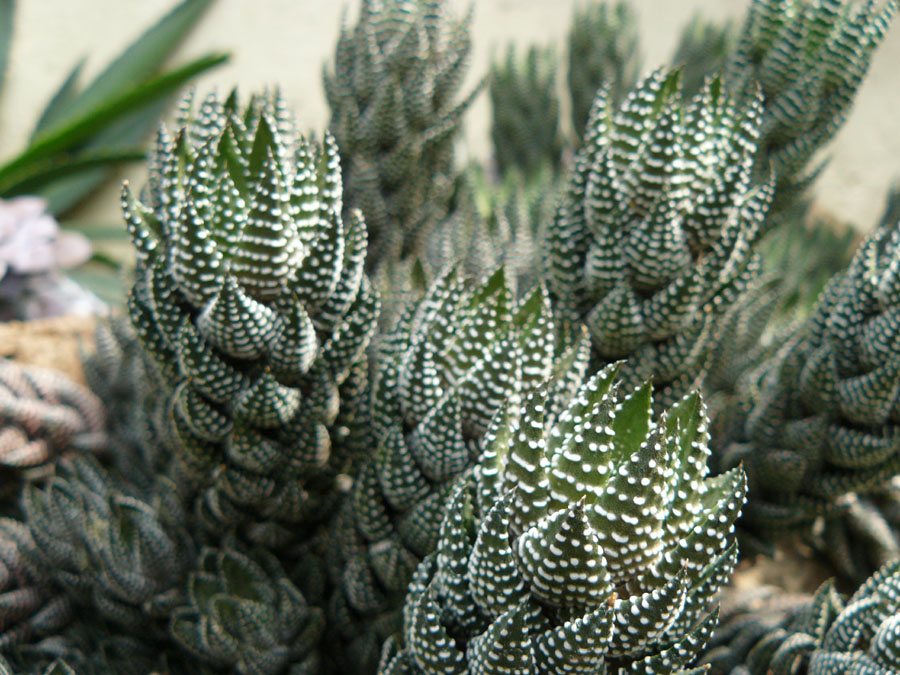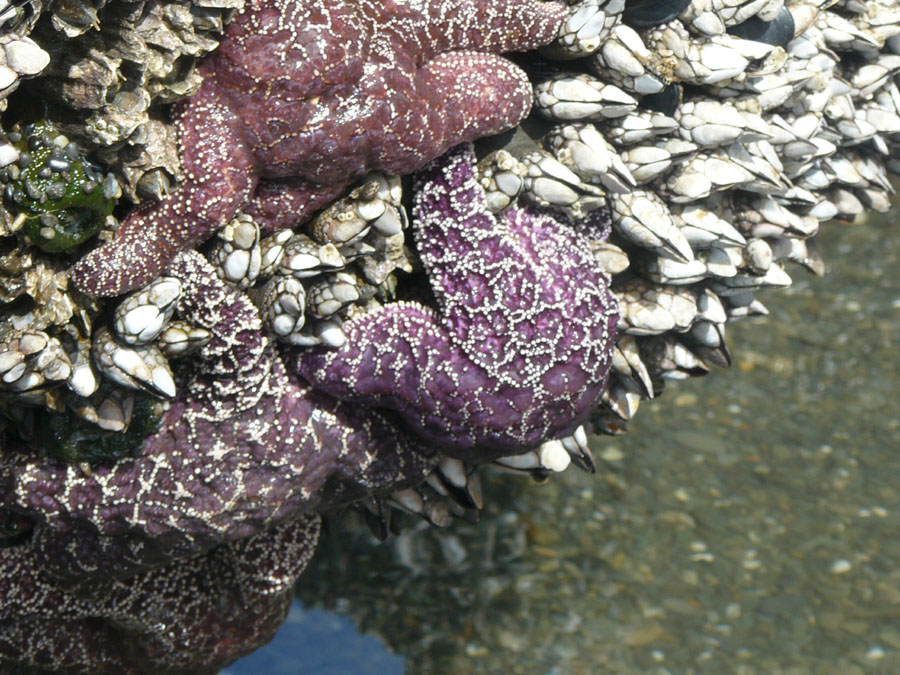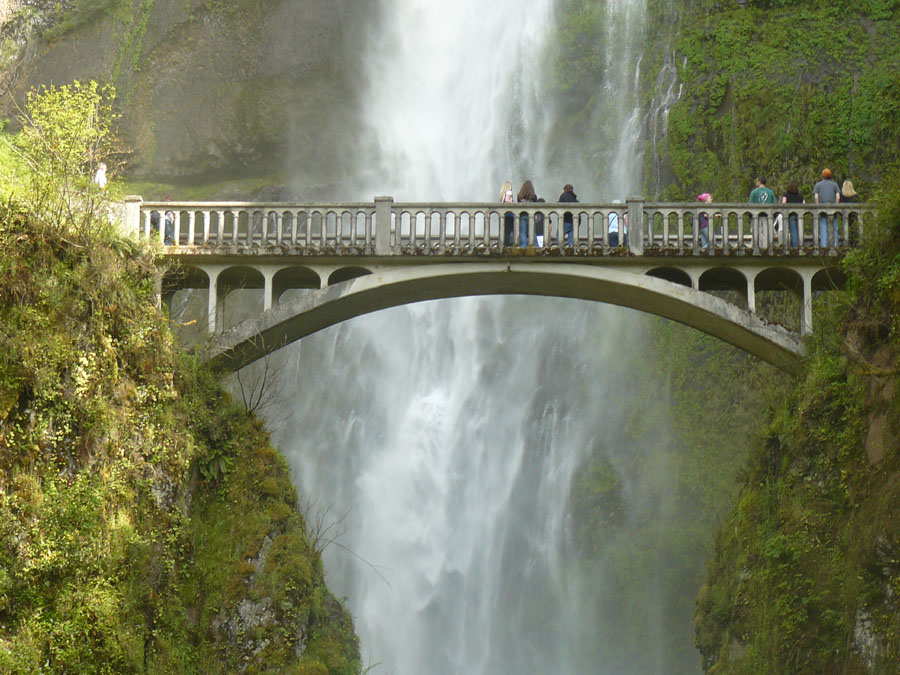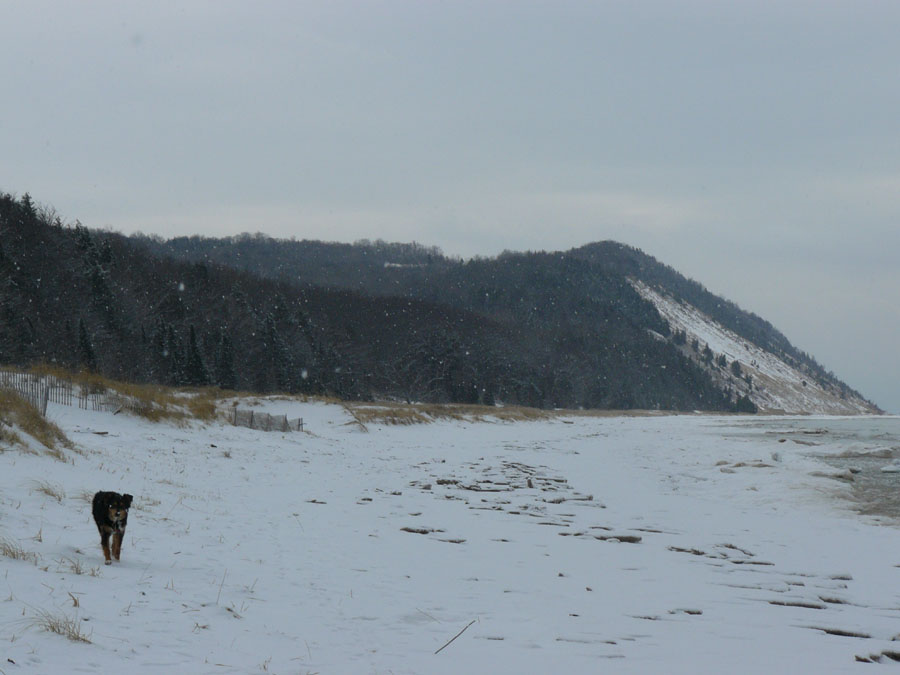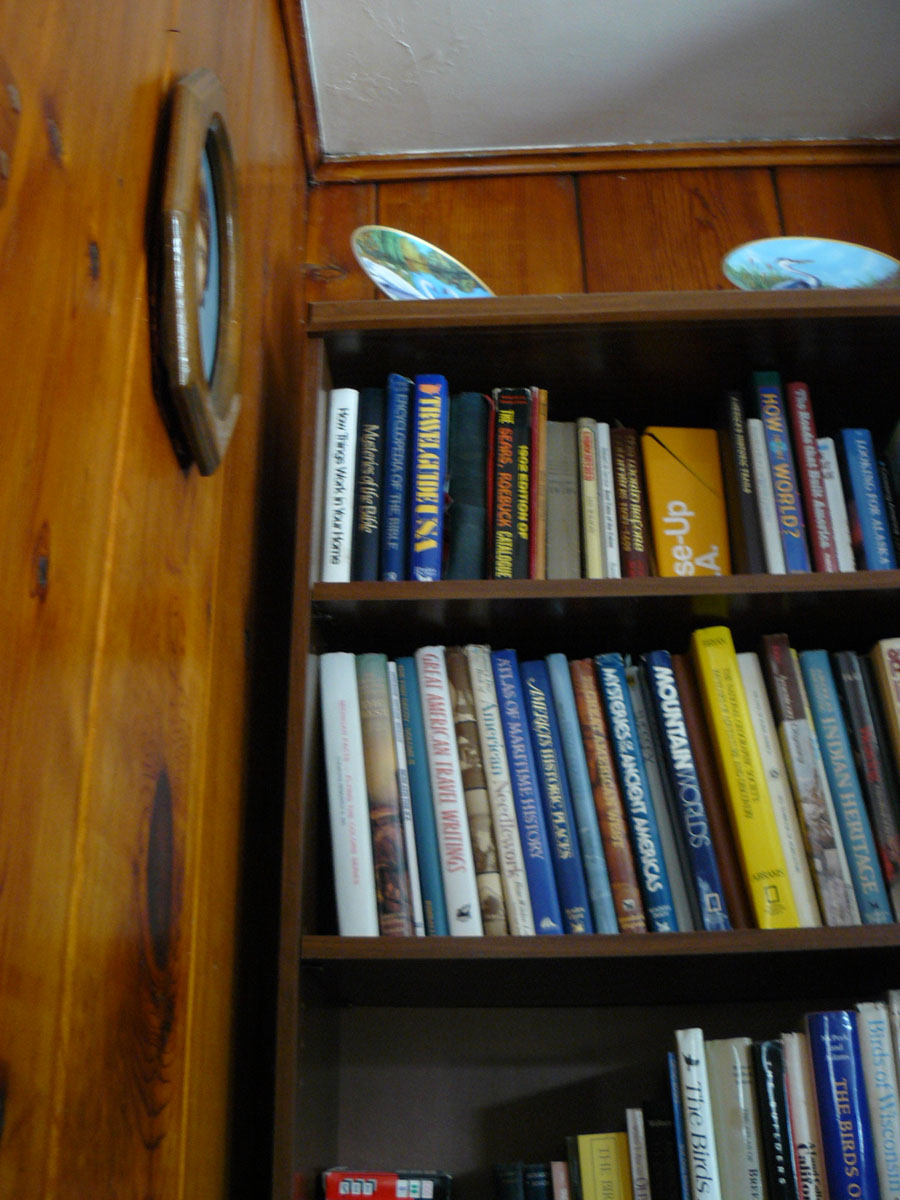 Location Taken: Arcadia, Michigan
Location Taken: Arcadia, Michigan
Time Taken: December 2007
I suppose there’s no real secret to how to get kids to read. It’s pretty simple, really. If you want kids to read, give them books they’ll enjoy.
One of the key ways to do it is just to have books around that they can access. When I was growing up, I’d just wander over to my parents bookshelves, scan it, and grab a book that looked interesting. This might be a bit more difficult as we progress to eBooks, but I suppose just making sure the kids have an eReader with access to a large selection might work.
My parents have lots of books. They clutter corners in every room of the house (and I’m not exaggerating there). And my Mom’s parents have a lot too, also well-read. They tend more towards non-fiction (that’s what’s on this shelf here) for my Grandpa, and Westerns and Romances for my Grandma, as compared to the Science Fiction and Fantasy my parents enjoy. Me, I like the SF&F plus a heavy dose of non-fiction (particularly science and geography based ones). My other Grandma has a much smaller collection, but then, I spent less time with her growing up so she’s not as big of an influence. But she does have some excellent children’s books.
Libraries are also great. That’s where the kid can explore books you don’t own and find the ways their taste differs from yours. My parents used to regularly drag us to the library along with them, and I devoured the kids literature. I was fond of fantasy books and the mythology section in the kid’s non-fiction. That’s how I discovered one of my favorite authors, Tamora Pierce, an excellent Young Adult Fantasy author. It was all because of font choice, really. I was scanning titles, and spotted one with a Blackletter font, which is much more likely to be used for Fantasy books. So I pulled it off the shelf, read the blurb, decided to check it out, and really liked it.
That book was her first book, “Alanna: The First Adventure”. She’s written a lot since then. I’ve been spending the past month or two re-reading her work, averaging about four books a week. They’re short books, but still, that’s a lot of great reading.

